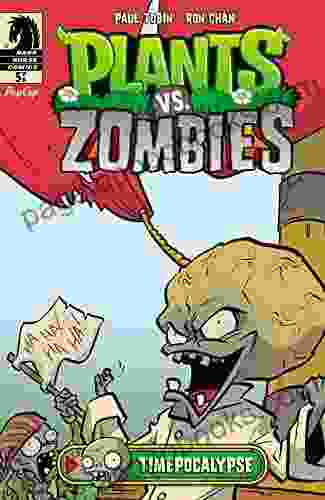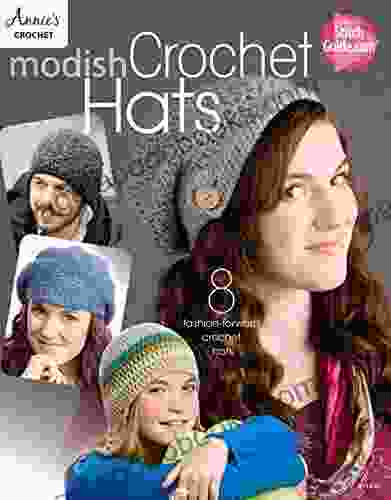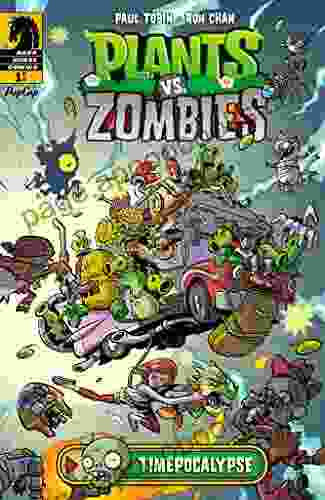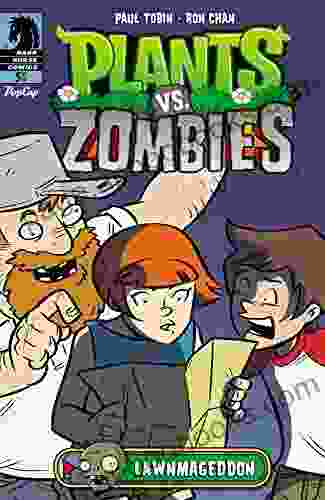The Ultimate Guide to Tracking the Gauges and Gauging the Tracks: Part 1 - Gauges and Wheels

Tracking the gauges and gauging the tracks are two essential aspects of railroad maintenance. By ensuring that the gauges are correct and the tracks are in good condition, you can help to prevent accidents and ensure the smooth operation of your railroad.
There are two main types of gauges used on railroads:
- Fixed gauges: These gauges are permanently attached to the track and are used to measure the distance between the rails.
- Portable gauges: These gauges are not permanently attached to the track and can be used to measure the distance between the rails at any point along the track.
- Straight wheels: These wheels have a flat surface that makes contact with the rail.
- Tapered wheels: These wheels have a tapered surface that makes contact with the rail.
To measure the gauges, you will need a track gauge. A track gauge is a tool that is used to measure the distance between the rails. To use a track gauge, simply place the gauge on the rails and read the measurement.
4.4 out of 5
| Language | : | English |
| File size | : | 2866 KB |
| Text-to-Speech | : | Enabled |
| Screen Reader | : | Supported |
| Enhanced typesetting | : | Enabled |
| Print length | : | 70 pages |
| Lending | : | Enabled |
The most common type of track gauge is the fixed gauge. Fixed gauges are typically made of metal and are permanently attached to the track. Fixed gauges are used to measure the distance between the rails at specific points along the track.
To measure the wheels, you will need a wheel gauge. A wheel gauge is a tool that is used to measure the diameter of a wheel. To use a wheel gauge, simply place the gauge on the wheel and read the measurement.
The most common type of wheel gauge is the fixed wheel gauge. Fixed wheel gauges are typically made of metal and are permanently attached to the track. Fixed wheel gauges are used to measure the diameter of wheels at specific points along the track.
There are a number of common problems that can occur with gauges and wheels. Some of the most common problems include:
- Gauge widening: Gauge widening occurs when the distance between the rails increases. This can be caused by a number of factors, including wear and tear on the rails, movement of the track, or improper maintenance.
- Gauge narrowing: Gauge narrowing occurs when the distance between the rails decreases. This can be caused by a number of factors, including wear and tear on the rails, movement of the track, or improper maintenance.
- Wheel wear: Wheel wear occurs when the surface of the wheel becomes worn down. This can be caused by a number of factors, including friction between the wheel and the rail, wear and tear on the wheel, or improper maintenance.
- Wheel slippage: Wheel slippage occurs when the wheel loses traction on the rail. This can be caused by a number of factors, including wet or icy rails, worn wheels, or improper maintenance.
Tracking the gauges and gauging the tracks are two essential aspects of railroad maintenance. By ensuring that the gauges are correct and the tracks are in good condition, you can help to prevent accidents and ensure the smooth operation of your railroad.
I hope this article has provided you with the information you need to get started with tracking the gauges and gauging the tracks. If you have any questions, please feel free to contact me.
4.4 out of 5
| Language | : | English |
| File size | : | 2866 KB |
| Text-to-Speech | : | Enabled |
| Screen Reader | : | Supported |
| Enhanced typesetting | : | Enabled |
| Print length | : | 70 pages |
| Lending | : | Enabled |
Do you want to contribute by writing guest posts on this blog?
Please contact us and send us a resume of previous articles that you have written.
 Book
Book Novel
Novel Page
Page Chapter
Chapter Text
Text Story
Story Genre
Genre Reader
Reader Library
Library Paperback
Paperback E-book
E-book Magazine
Magazine Newspaper
Newspaper Paragraph
Paragraph Sentence
Sentence Bookmark
Bookmark Shelf
Shelf Glossary
Glossary Bibliography
Bibliography Foreword
Foreword Preface
Preface Synopsis
Synopsis Annotation
Annotation Footnote
Footnote Manuscript
Manuscript Scroll
Scroll Codex
Codex Tome
Tome Bestseller
Bestseller Classics
Classics Library card
Library card Narrative
Narrative Biography
Biography Autobiography
Autobiography Memoir
Memoir Reference
Reference Encyclopedia
Encyclopedia Emily Cier
Emily Cier Martha Bechtel
Martha Bechtel Ted Allan
Ted Allan Toyin Falola
Toyin Falola Maurice Manning
Maurice Manning Pen Avey
Pen Avey Michael Hitchen
Michael Hitchen Mateo Blae
Mateo Blae Sabrina S Chan
Sabrina S Chan Sharon Young
Sharon Young Imogen Keeper
Imogen Keeper Massimo Citro Della Riva
Massimo Citro Della Riva Nanin
Nanin Nancy Beck Young
Nancy Beck Young Mark G Mclaughlin
Mark G Mclaughlin Michael N Nagler
Michael N Nagler Michael Tomz
Michael Tomz Neil Firth
Neil Firth Sonia Mainstone Cotton
Sonia Mainstone Cotton William G Howell
William G Howell
Light bulbAdvertise smarter! Our strategic ad space ensures maximum exposure. Reserve your spot today!
 Phil FosterFollow ·6.4k
Phil FosterFollow ·6.4k Harold PowellFollow ·3.5k
Harold PowellFollow ·3.5k Esteban CoxFollow ·8.4k
Esteban CoxFollow ·8.4k Edgar CoxFollow ·14.4k
Edgar CoxFollow ·14.4k Charles BukowskiFollow ·9.7k
Charles BukowskiFollow ·9.7k Jeremy CookFollow ·9.2k
Jeremy CookFollow ·9.2k James JoyceFollow ·16.4k
James JoyceFollow ·16.4k Glen PowellFollow ·6.8k
Glen PowellFollow ·6.8k

 Ben Hayes
Ben HayesJourney into the Verdant Realm of "Plants vs. Zombies:...
Immerse Yourself in an Epic Battle for...

 Edward Reed
Edward ReedUnveiling the Allure of Modish Crochet Hats Annie...
In the realm of fashion and...

 Jaylen Mitchell
Jaylen MitchellHalf Moon Bay: An Unforgettable Adventure Awaits in Aj...
Prepare yourself...

 Dan Brown
Dan BrownUnleash the Plant-Powered Apocalypse: Dive into Paul...
Prepare yourself for an epic showdown where...

 Efrain Powell
Efrain PowellStolen Summer: Nora Sommer's Enthralling Caribbean...
Escape to a World of...

 Steven Hayes
Steven HayesPlants vs. Zombies: Lawnmageddon - The Ultimate Battle...
Prepare for the ultimate battle between plants...
4.4 out of 5
| Language | : | English |
| File size | : | 2866 KB |
| Text-to-Speech | : | Enabled |
| Screen Reader | : | Supported |
| Enhanced typesetting | : | Enabled |
| Print length | : | 70 pages |
| Lending | : | Enabled |










